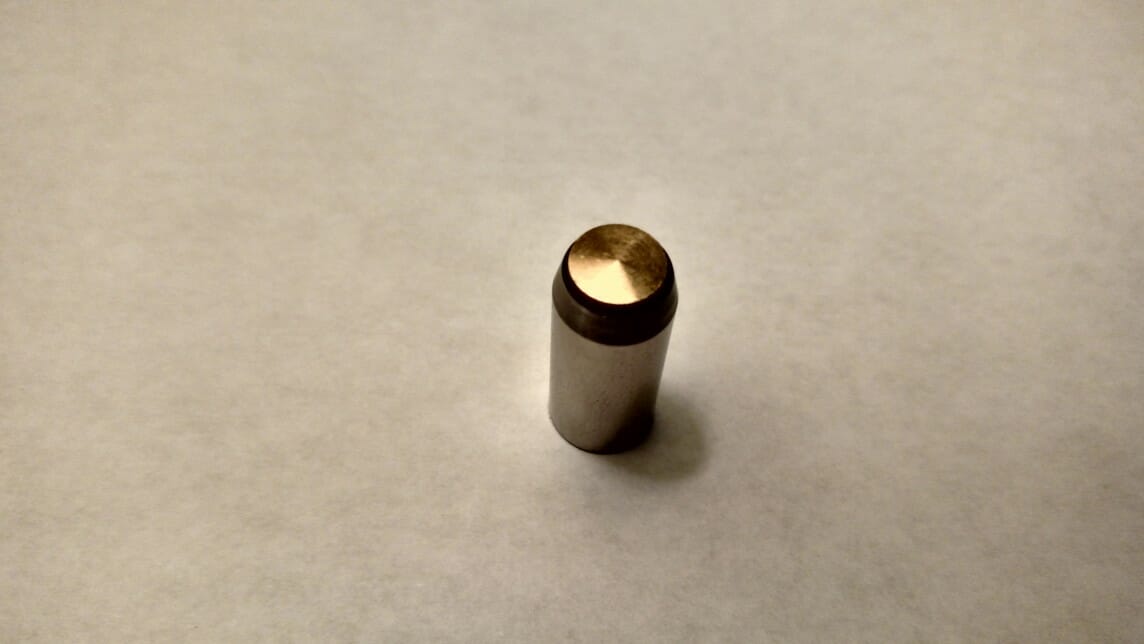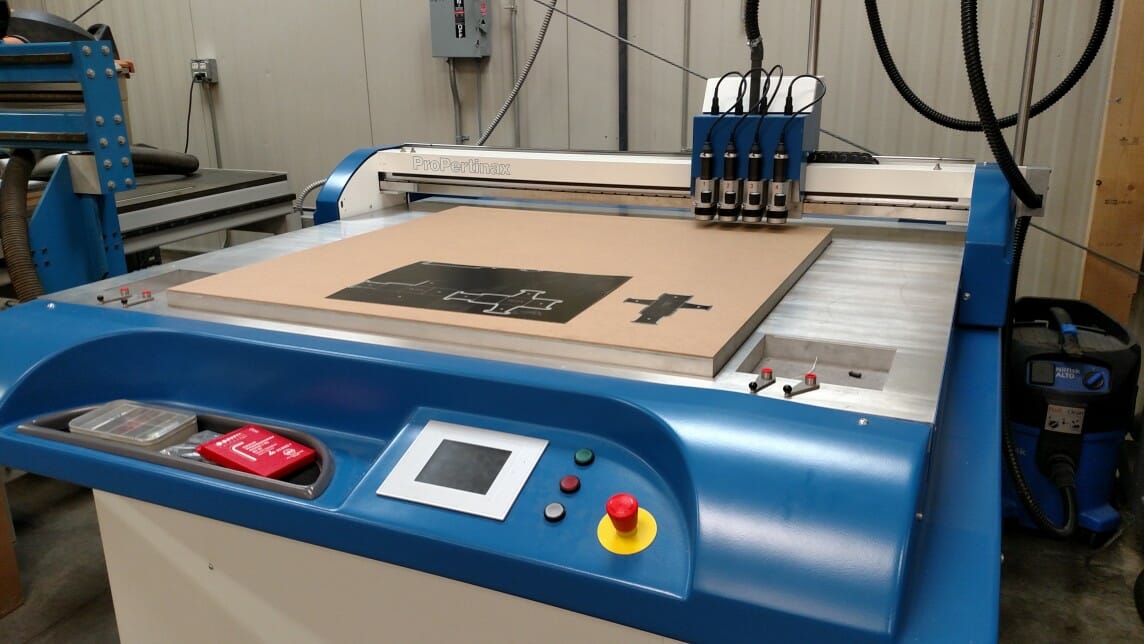New to the market-Tube punches with high tolerance brass plunger ejection. The plunger replaces rubber and springs for the same cost. The plunger seems to be much stiffer than springs. It appears it will be great for thicker stocks like chipboard or styrene. It may an effective replacement for side out punches which may not work in tight areas. Stay tuned for updated info, once we get feedback on these new punches.

